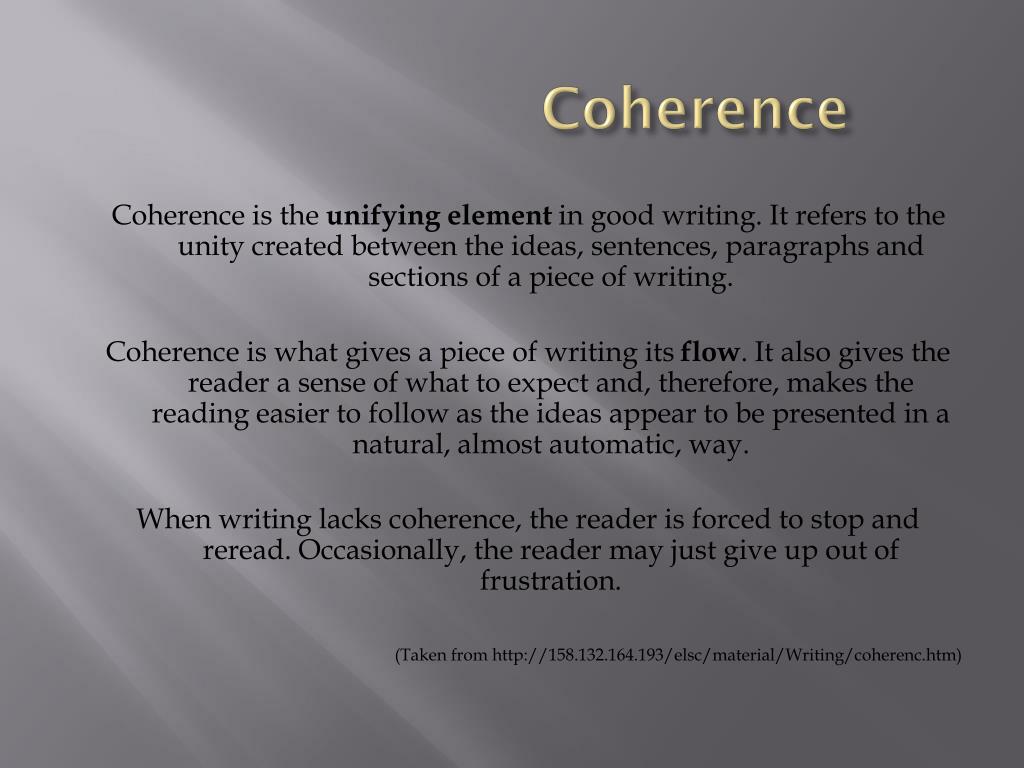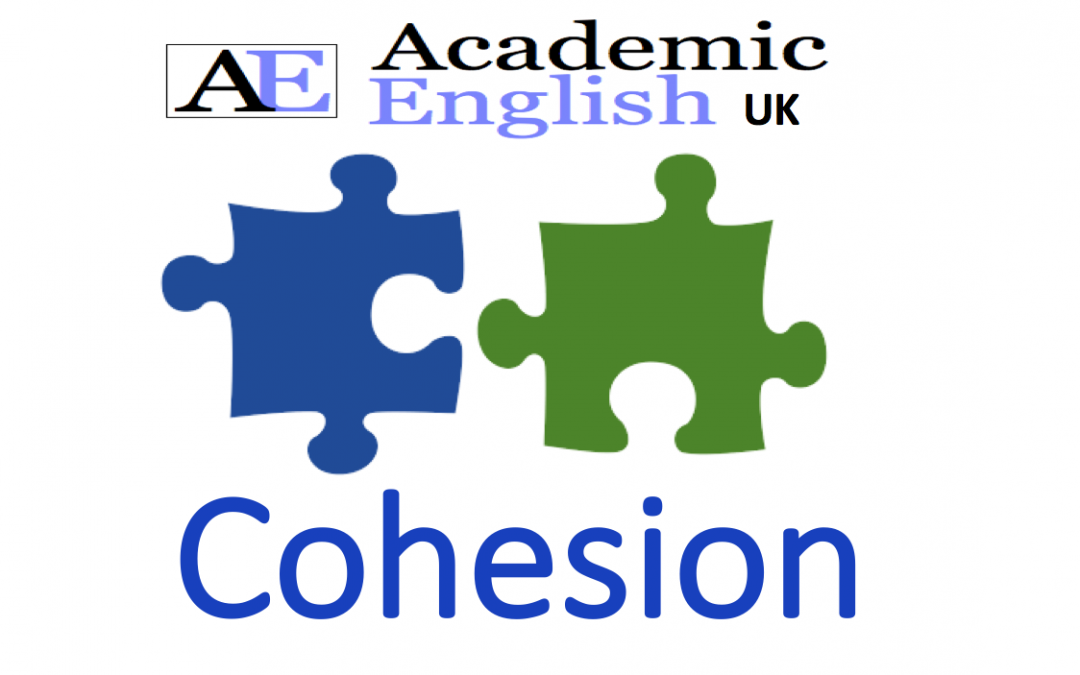

Using pronouns, he, she, it, they, those, this, these, can be useful when referring back to something previously mentioned in the paper. Cha embodies this tension as well in her “autobiography.” Pronouns Sterne embodies the tension between fact and fiction by complicating the biography and/or autobiography. Repeating and/or using parallel sentence structures can help readers digest complicated ideas and follow the progression of ideas. The pictures comprise the majority of the visual images in Dictee, yet she glosses over them in a couple of sentences. She interrogates the diagrams extensively however, she does not address the other visual images, specifically the photographs, with as much attention. They not only help hold the paper together, but they also add variety to the paper. Using synonyms is similar to repeating key terms/concepts/phrases, except with more diversity in word choice.

The spaces between lines and around the edges of the pages invite the reader into her text to discover and explore the multiple readings and meanings. Fragments mix with complete sentences and her voice mingles with collage text while silence and space surrounds it all. Inhabiting the space between the personal and the global can be quite difficult for any writer, yet Myung Mi Kim does it in her book Commons. The key terms/concepts/phrases strengthen the organization and make the paper easier to follow, no matter how complex the material. Repeating key terms/concepts/phrases will help readers follow the main threads of the paper. Although transitions are the most obvious way to display the relationship between ideas, consider some of the following techniques and their examples: Repetition of key terms/concepts/phrases
Coherence writing how to#


Searching for Sources on the Mason Library Databases.Same Form, but Different Functions: Various Meanings of Verb+ing and Verb+ed.Reducing Informality in Academic Writing.Quotation, Paraphrase, Summary, and Analysis.Online Resources for Improving Grammar and Word Choice in Writing.Introductions and Conclusions for Humanities Papers.Conclusion Sections in Scientific Research Reports (IMRaD).Introduction Sections in Scientific Research Reports (IMRaD).Improving Cohesion: The "Known/New Contract".Hedges: Softening Claims in Academic Writing.Guidelines for Posting to Discussion Boards.Common Writing Terms and Concepts Defined.Combining Clauses to Avoid Comma Splices, Run-ons, and Fragments.Choosing Between Infinitive and Gerund: “To do” or “doing”?.Advice on Setting Up and Working with a Writing Group.


 0 kommentar(er)
0 kommentar(er)
